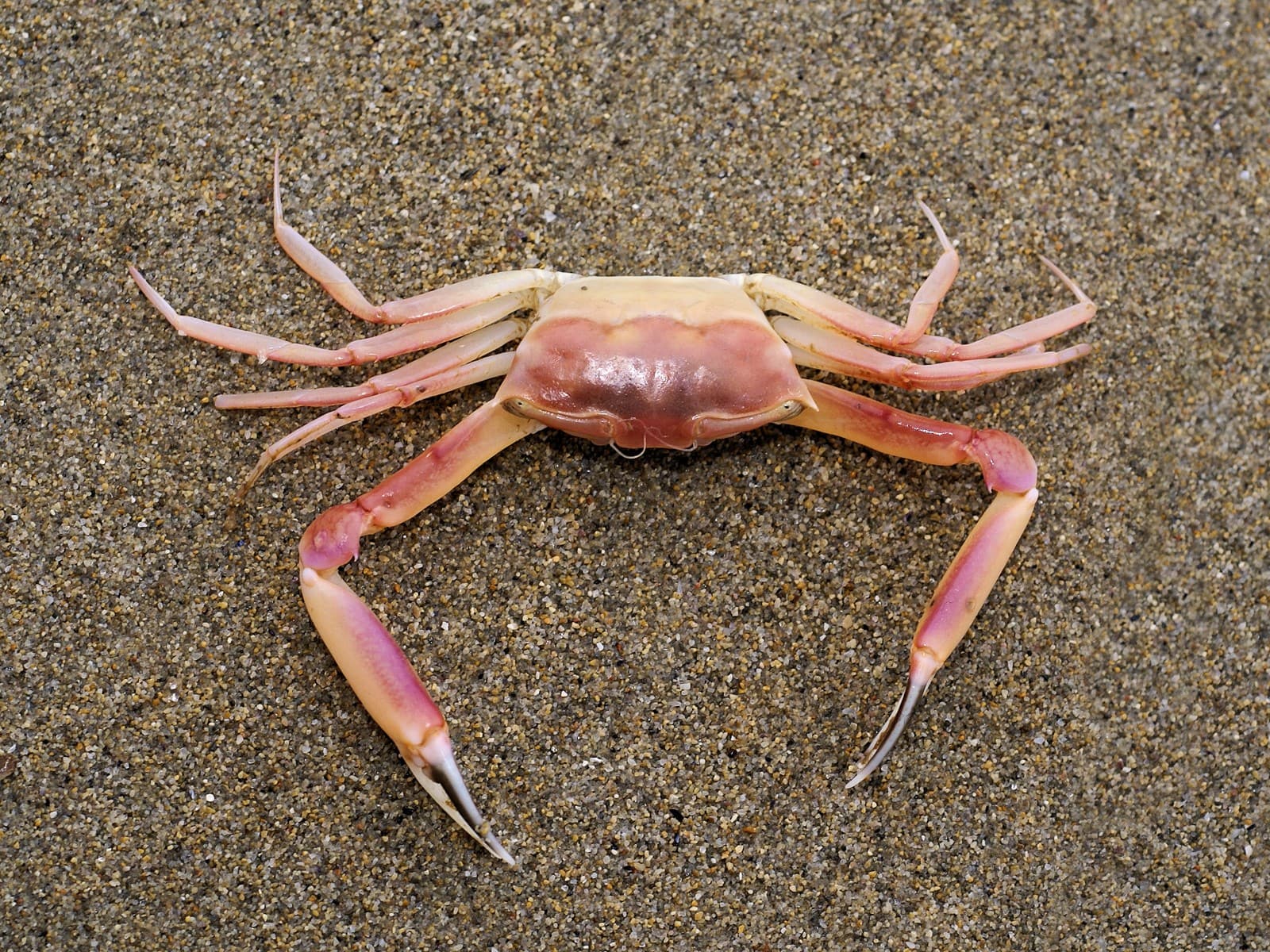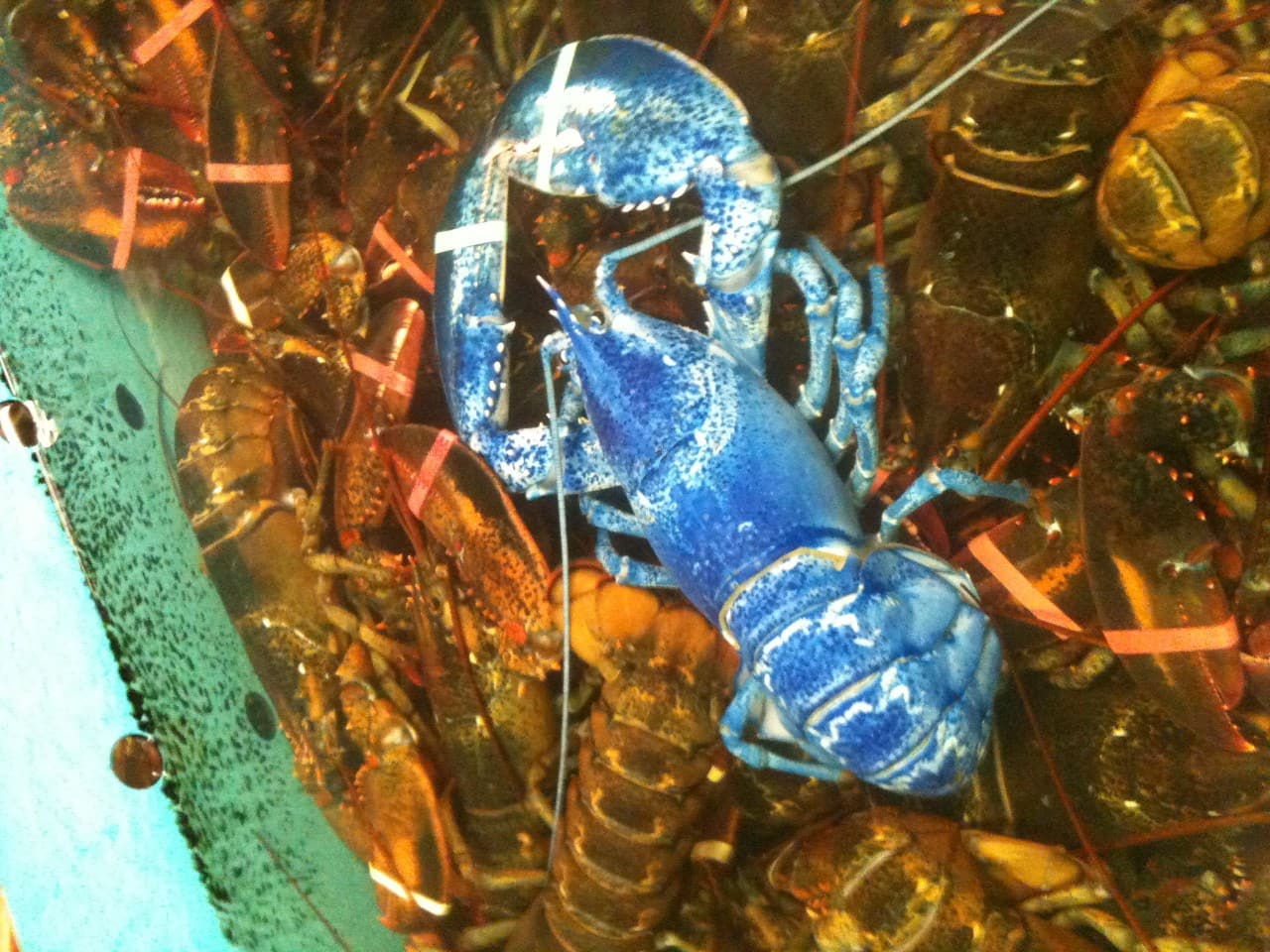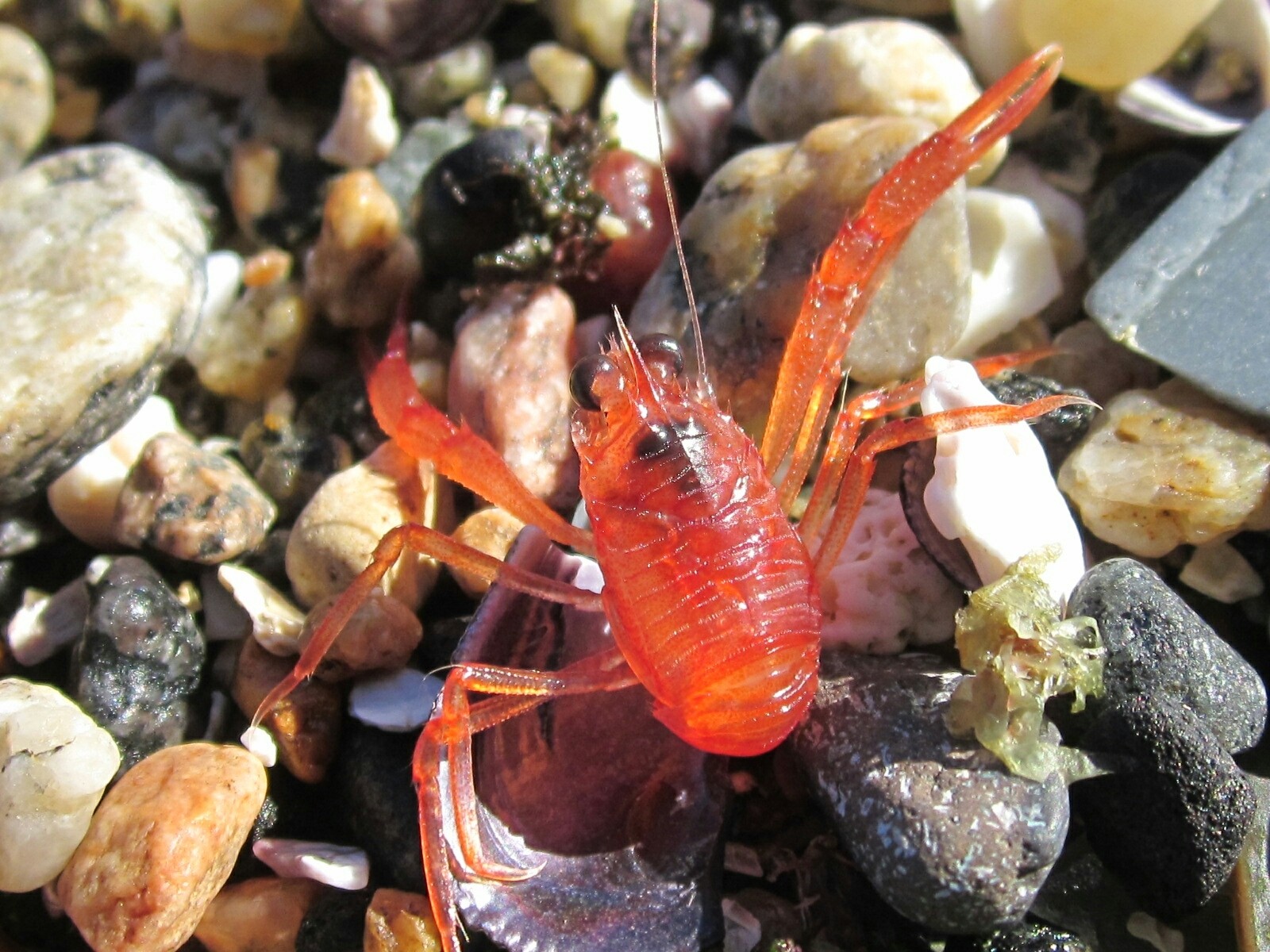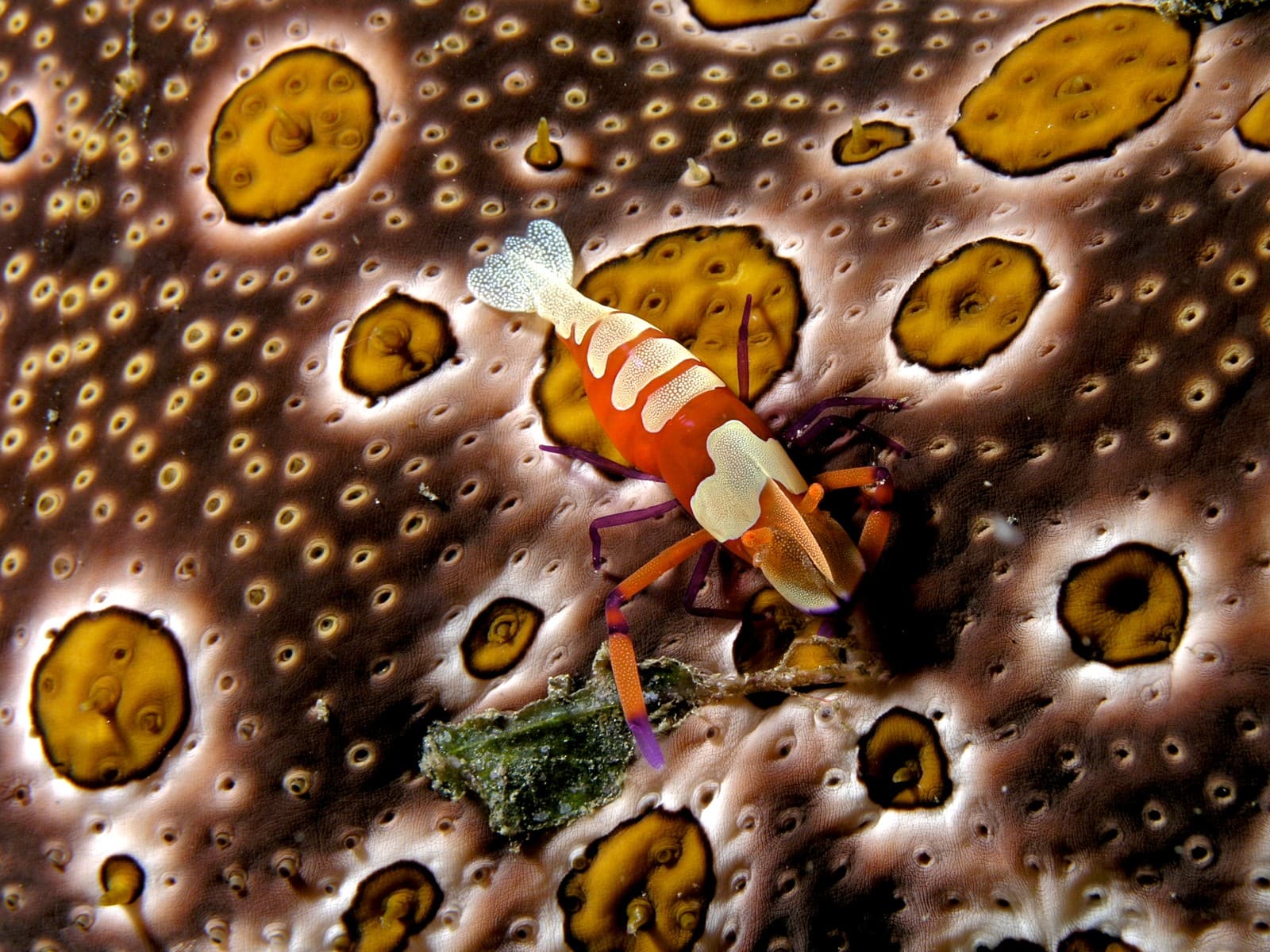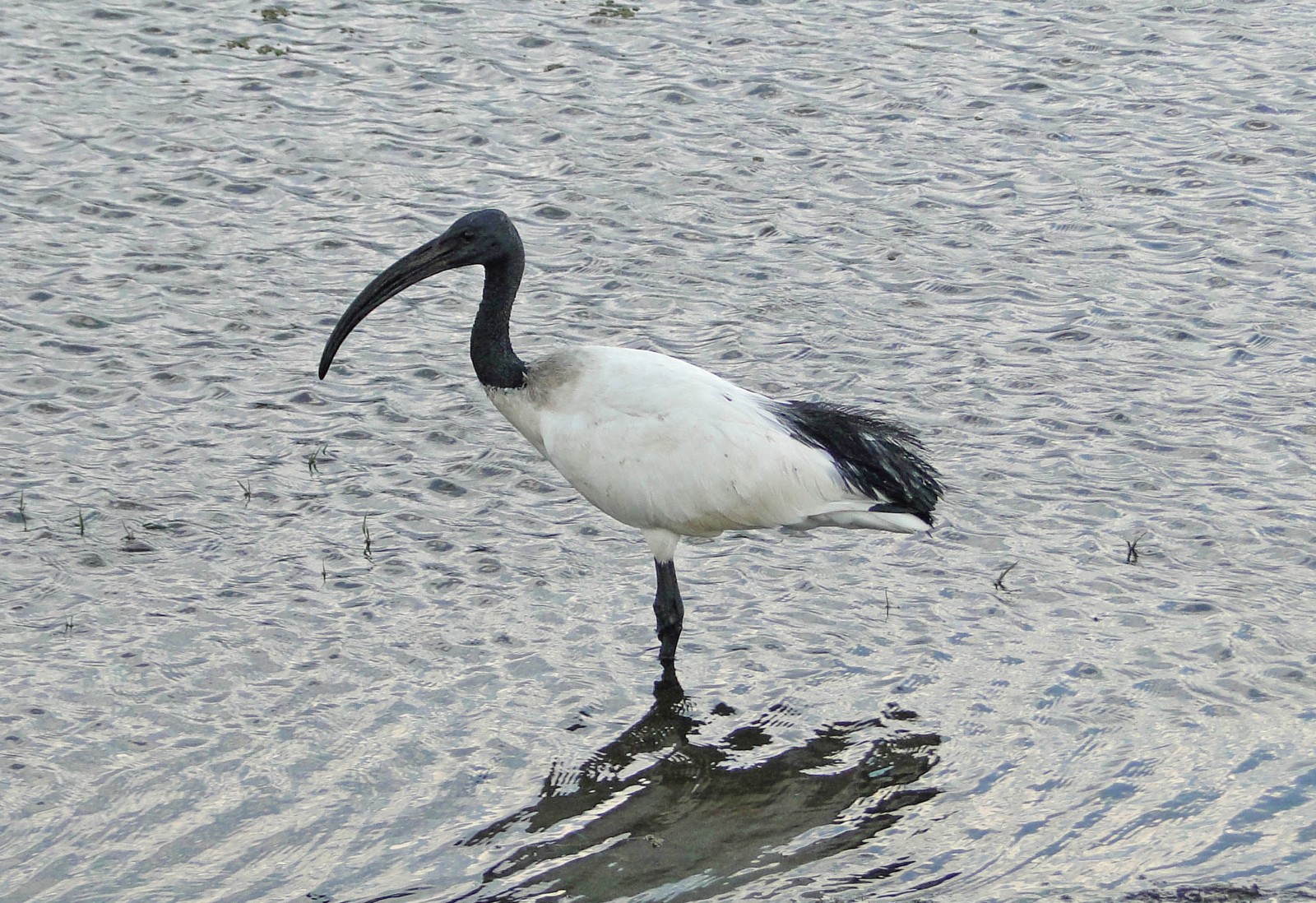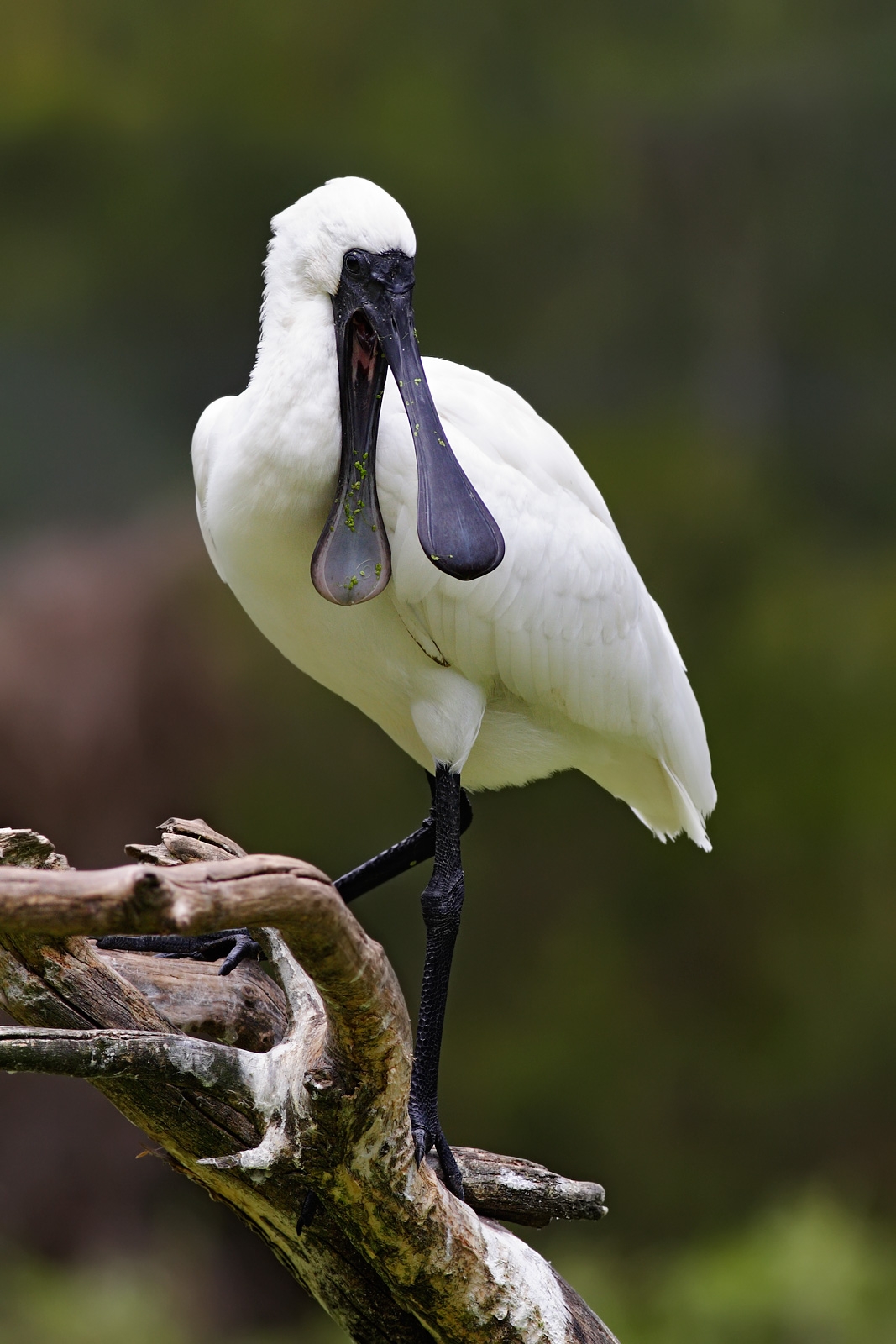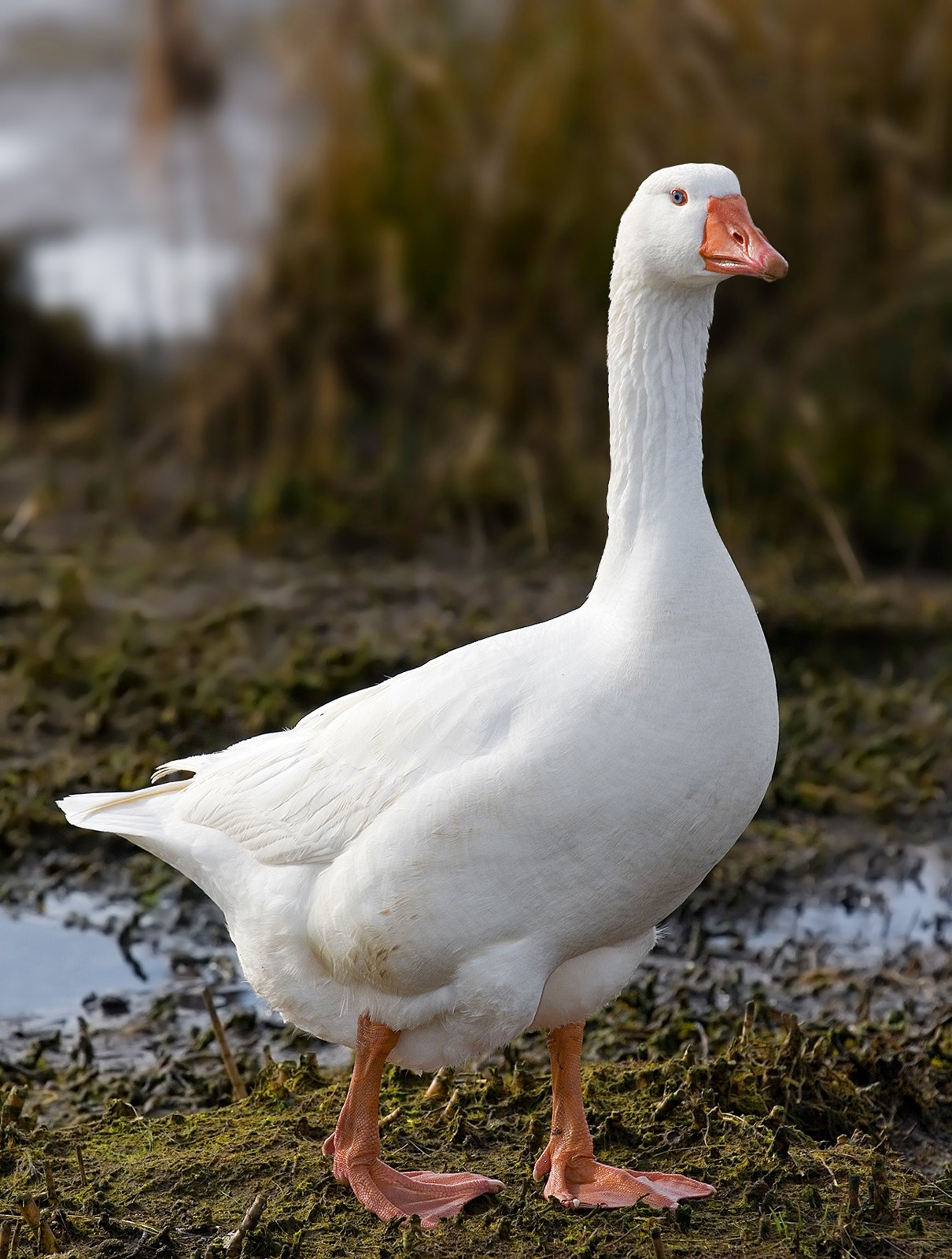Lobster vs Crayfish: A Complete Comparison
While lobsters and crayfish may appear similar at first glance, these crustacean cousins exhibit remarkable differences in size, habitat, and behavior. Lobsters typically reach lengths of 8-24 inches (20-60 cm) and can weigh up to 44 pounds (20 kg), while crayfish rarely exceed 6.7 inches (17 cm) and typically weigh less than 0.35 pounds (160 g).
As a marine biologist who has studied these fascinating creatures for over two decades, I can confirm that the primary distinction lies in their preferred habitats: lobsters thrive in saltwater environments, particularly along rocky coastal areas, while crayfish inhabit freshwater ecosystems such as streams, rivers, and lakes.
Visual Comparison

© Ryan Hodnett / CC BY-SA 4.0
The robust structure and substantial size of a lobster’s exoskeleton demonstrate its adaptation to deep marine environments and powerful ocean currents.
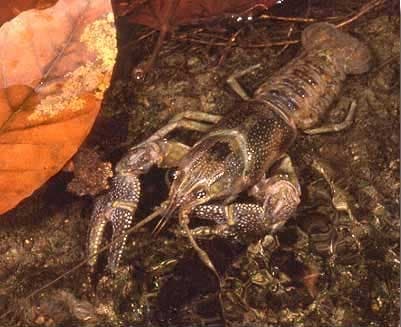
Crayfish in its natural freshwater habitat displaying characteristic foraging behavior
Key Differences: Lobster vs Crayfish
| Feature | Lobster | Crayfish |
|---|---|---|
| Size | 8-24 inches (20-60 cm) | 2.5-6.7 inches (6-17 cm) |
| Habitat | Marine/saltwater | Freshwater |
| Lifespan | 45-50 years | 2-3 years |
| Claw Structure | Large, asymmetrical claws | Smaller, symmetrical claws |
| Color (Living) | Dark blue/green/brown | Brown/red/green patterns |
| Distribution | Coastal oceans worldwide | Freshwater bodies globally |
Habitat and Distribution
Lobsters predominantly inhabit cold, rocky ocean environments at depths ranging from 13-164 feet (4-50 meters). They prefer coastal areas with plenty of caves and crevices for shelter. In contrast, crayfish thrive in freshwater ecosystems worldwide, from fast-flowing mountain streams to murky swamps and rice paddies.
Size and Growth Differences
The size disparity between lobsters and crayfish is substantial:
-
Lobsters:
- Can grow over 24 inches (60 cm)
- Reach weights up to 44 pounds (20 kg)
- Continue growing throughout their lives
- Take 5-7 years to reach market size
-
Crayfish:
- Typically 2.5-6.7 inches (6-17 cm)
- Usually weigh under 0.35 pounds (160 g)
- Reach full size within 1-2 years
- Most species stop growing after maturity
Behavioral Characteristics
Feeding Habits
Lobsters are opportunistic predators, feeding on fish, mollusks, other crustaceans, and marine worms. Their powerful claws can crush thick shells with ease. Crayfish are primarily scavengers, consuming plant matter, decaying organic material, and small aquatic creatures.
Social Structure
Lobsters are generally solitary and territorial, establishing and defending specific areas. Crayfish often gather in groups, particularly during breeding seasons, and show more complex social behaviors.
Who Would Win in a Fight?
In a hypothetical encounter, a mature lobster would dominate a crayfish due to:
- Significantly larger size and weight
- More powerful claws
- Thicker exoskeleton
- Greater strength and reach
However, such encounters would never occur naturally due to their different habitat requirements.
Conservation Status and Human Impact
Both species face various challenges:
-
Lobsters:
- Commercial overfishing pressure
- Ocean acidification concerns
- Habitat destruction from coastal development
-
Crayfish:
- Invasive species competition
- Water pollution
- Habitat loss from river modification
- Disease transmission
Economic Importance
While both creatures are commercially harvested, lobsters command significantly higher market prices, with the global lobster industry valued at over $5.5 billion annually. Crayfish aquaculture, though smaller in scale, remains economically important in regions like Louisiana and China.
Frequently Asked Questions
Can Lobsters and Crayfish Interbreed?
No, despite their similar appearance, lobsters and crayfish belong to different families and cannot interbreed. Their genetic differences and distinct habitat requirements make hybridization impossible.
Which Tastes Better?
While both are considered delicacies, lobsters are generally preferred for their sweeter, more tender meat and larger portion sizes. Crayfish offer a more subtle, freshwater flavor profile that some connoisseurs prefer.
Can Crayfish Live in Saltwater?
Most crayfish species cannot survive in saltwater environments. They lack the specialized gill structures and osmotic regulation capabilities that allow lobsters to thrive in marine conditions.
